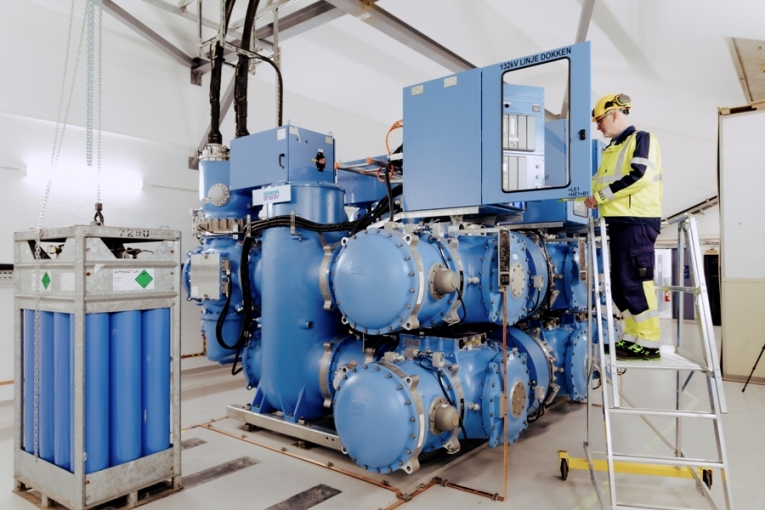The interstate transmission system (ISTS) network has seen an increase of 4,815 MVA in transformation capacity but there has been zero transmission line addition, during the first four months (April to July) of FY25.
According to latest statistics released by Central Electricity Authority (CEA), the first four months of the ongoing fiscal year FY25 saw total substation capacity addition of 14,620 MVA, out of which 4,815 MVA was towards the ISTS network and the remaining 9,805 MVA on the intrastate transmission system (InSTS) side.
The entire addition of 4,815 MVA added on the ISTS side came from Power Grid Corporation of India Ltd (PGCIL). The Central PSU commissioned 3,000 MVA capacity at the 765/400kV level, and the remaining 1,815 MVA on the 400/220kV voltage level. In achieving the said addition of 3,000 MVA, PGCIL augmented capacity at two existing 765/400kV substations – Padghe (GIS) in Maharashtra and Fatehgarh-II Pooling Station in Rajasthan.
Of the 9,805 MVA added in the InSTS network, 2,675 MVA was at the 400kV level with major additions seen in Uttar Pradesh and Tamil Nadu.
The total substation capacity addition of 14,620 MVA during the April to July period of FY25 fell significantly short of the target of 37,100 MVA. Target shortfalls were seen across all ownership groups – Central, state and private sector. In particular, private sector utilities achieved nil addition in the first four months of FY25, as against the target of 4,820 MVA.
For the full year FY25, the targeted substation capacity addition is 1,16,490 MVA out of the highest share — 48,000 MVA or 41 per cent of the total – is slated to come up at the 765kV voltage level.
No ISTS line addition
The run of zero transmission line addition on the ISTS side continued in July 2024. During the first four months of FY25, a total of 2,043 ckm of transmission lines were added; the entire addition coming on the InSTS network. The highest addition of 1,234 ckm was seen in the 220kV/230kV category followed by 809 ckm at the 400kV level.
Of the total addition of 2,043 ckm, state utilities made the highest contribution of 1,991 ckm. Significantly, the private sector and PGCIL failed to achieve any addition. The Central government ownership group added 52 ckm, with Damodar Valley Corporation (DVC) being the sole contributor. However, DVC’s contribution was towards the InSTS network.
Cumulative status
As of July 31, 2024, India’s total transmission infrastructure stood at 4.87 lakh ckm of transmission lines and 12.66 lakh MVA of transformation capacity. The ISTS network had a share of 43 per cent with respect to transmission lines and 41 per cent in terms of substation capacity. In recent history, the highest addition of ISTS-based transmission lines was seen in FY16 – at 15,480 ckm. In terms of ISTS transformation capacity, the best performance was 44,590 MVA, seen in FY18.
Also read: ISTS schemes worth over Rs.22,000 crore recommended for clearance
Featured photograph (source: Siemens) is for representation only.

